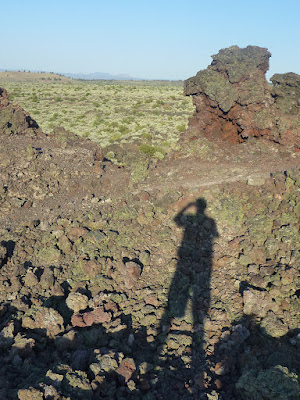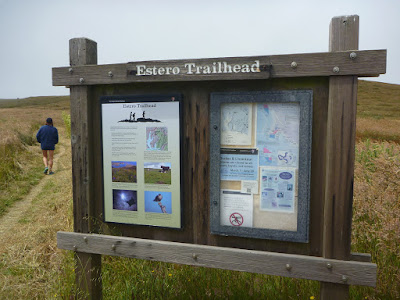Christmas markets are popular throughout Germany and other European countries. Visiting one can be like stepping into a fairy tale setting and leaving the real world behind. But Christmas markets exist in this world and a horrifying, deadly attack on a Berlin market on Monday, December 19, of this year interrupted the joyful pre-Christmas tradition of socializing with a mug of mulled wine or shopping for holiday-inspired, handcrafted goods. With the slogan “
Jetzt erst recht!” (“
Now more than ever!”), people keep returning to the joy- and colorful world of Christmas markets.
 |
| Warm welcome to the Christmas market in Bremen |
For those who have never visited a Christmas market in Germany, here is a random walk through the
downtown market in the City of Bremen in northern Germany. This tour is not meant to be a historical trip around Bremen's
St. Petri Dom (
St. Peter's Cathedral),
the
Bremer Rathaus (
Bremen's Town Hall)
and the
Liebfrauenkirche
(
Church of Our Lady), where the market spreads out. The tour focuses on selected items you will find and may enjoy on a typical “
Weihnachtsmarkt” (
Christmas market).
 |
| Christmas market hut |
Christmas markets are not religious events. They just happen to take place before Christmas. Since this is the time of cold weather, snow, ice and only short periods of day light, Christmas market themes derive from seasonal traditions and desires including the wonder of light, sparkling illumination, warmth, sweets, hot drinks, candles, incense, toys, gifts and handcrafted art. People bring their kids, reunite families and will meet with friends or strangers—often both. In the evening, markets can get crowded when visitors are drawn in or snuggling up under the roofs of market huts, which offer local food specialties and hot non-alcoholic or alcoholic drinks.
Classic favorites are candles; in particular, those made from
beeswax. The old custom of lightening a Christmas tree with “
Bienenwachskerzen” (
beeswax candles) can still be found in Germany. Beeswax candles were “mandatory” with my folks—not only for the tree, but also in stand-alone holders to light up the room without electricity and, at the same time, aromatize the air with church-like incense smell.
To warm up physically, a mug of “
Glühwein” (
mulled wine) definitely helps.
Feuerzangenbowle is doing the same or more. However, many consider it too sweet. Especially, if you already got sugared up by “
Klaben” (
Christmas bread with dried fruits), “
Kluten” (
black-and-white sugar-chocolate dominoes), candied almonds or whatever else you consumed alongside the cake & candy rows. There are also sweet goods that you can eat, but, instead, may want to hang around your neck as a souvenir or save as a greeting to someone else: gingerbread hearts saying “
Frohe Weihnachten” (
Merry Christmas)—the sweetest way to promote the message of
love & peace.
 |
| Christmas market huts next to Bremen's Liebfrauenkirche (Church of Our Lady) |


































































